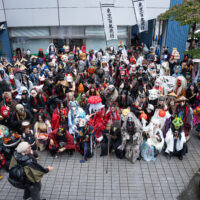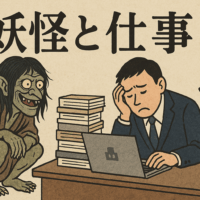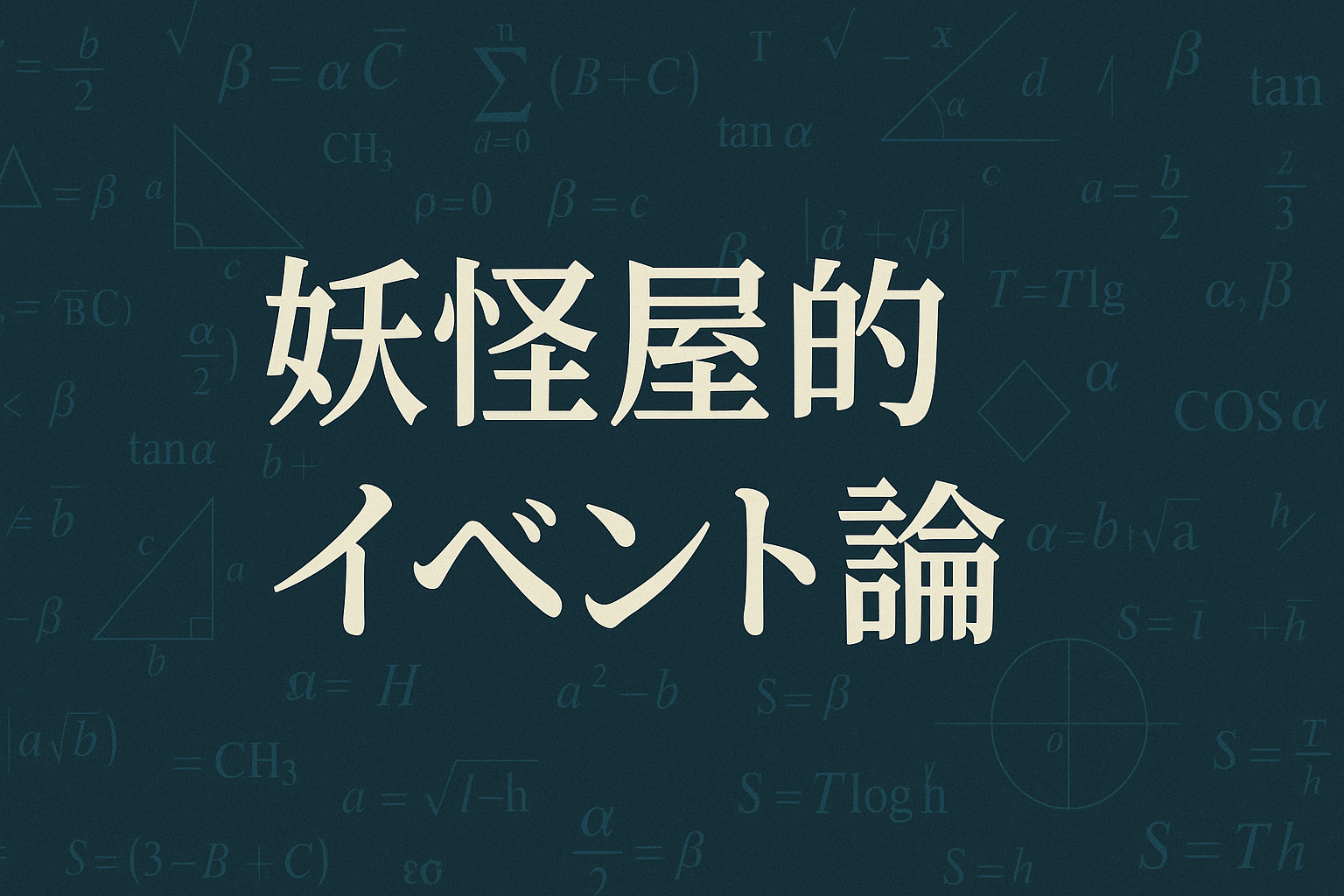
Multi-headed monsters and mythical creatures around the world: That's an incredible number!

Introduction
This article started with a challenge posed in a special episode of Yokai Challenge Maniacs: "How many multi-headed yokai/mythical beings can you name?" In response to the question, participants' knowledge and love of yokai shone through, and we picked some from all over the world!
There are many creatures in the world that have two or more heads on one body. This time, we have selected carefully selected creatures from the folklore and mythology of various regions, including Japan, China, the West, India, Africa, the Celts, and Thailand.Multi-headed monster/deity/monsterWe will introduce them by region.
Japanese multi-headed monster
- Yamata no Orochi (Eight-headed Serpent): An eight-headed giant serpent, a legendary monster defeated by Susanoo.
- Yatsugashiraoni: A multi-headed symbol of terror whose appearance varies depending on the region.
- Yogen no Tori: Two sacred birds that predicted plague.
- Anyway: A mysterious being that appears at Shiga events, with two faces staring at people.
- Ryomen Sukuna: A legendary war god from Hida with two faces, one in front and one in back.
- Five-headed dragon: A reformed five-headed dragon that is said to be from Enoshima.
Multi-headed Beings in Chinese Mythology
- Nine-headed bird: a bird of bad omen with nine heads.
- Chiyou: The many-headed and many-eyed god of war who fought against Emperor Yellow.
- Scarred Soul Bird: A bird-like form of a cursed soul, a shadow that brings death.
- Nine-headed monster that causes floods.
- Roshitsu: It has nine heads and tails, makes a baby-like noise, and eats humans.
- Kisha: A nine-headed bird monster that steals souls at night.
- Nine-headed phoenix: A nine-headed phoenix deity, a symbol of good fortune.
- Nine Spirits Taimyō Kameyama Kinmō: A divine turtle with nine snake heads, the guardian of spiritual power.
- Nine-headed dragon: A nine-headed dragon found in legends from various regions.
- Dou (wild beast): A three-headed beast that attacks people.
Thai folklore
- Naga (Muchalinda): A seven-headed sacred serpent who protected the Buddha.
- Erawan: A three-headed elephant, famous as the mount of the god Indra.
Slavic mythology
- Zmei: A multi-headed, fire-breathing dragon.
- Chornobog's minions: Many-headed familiars serving the God of Darkness.
- Gorynych: A three-headed dragon, a classic monster in Russian folklore.
Western mythology and folklore
- Hydra: A terrifying many-headed snake that multiplies when its head is cut off.
- Cerberus: The guardian dog of the underworld, with three heads that guard the entrance.
- Orthrus: Brother of Cerberus, a two-headed ferocious dog.
- Scylla: A sea monster with a dog's head growing from its waist.
- Janus: Roman god of gates with a front and back face.
- Rodan: A dragon with a hundred heads who guards the apples.
- Azi Dahaka: A Persian dragon with three heads.
- Kurshedra: Seven-headed Albanian disaster dragon.
- Yarvegen: A mythical monster with many heads that devours the sun and the moon.
- Amal: A two-headed serpent, a link between the underworld and the present world.
- Kuchedra: A seven-headed dragon that demands human sacrifices.
Indian Mythology
- Brahma: The four-faced creator of the universe.
- Naga (India): A multi-headed snake god, widely worshipped throughout India and Southeast Asia.
- Shiva: The many-faced, many-armed god of dance, a symbol of destruction and rebirth.
- Vishnu: He can incarnate in many different heads.
Polynesian mythology
- Taniwha: A water spirit, also known as a shape-shifting, multi-headed being.
Celtic mythology
- The Fomorians: Depictions of grotesque giants with multiple heads have been passed down.
- Oilface: The many-headed sea serpent, also known for his battle with St. Patrick.
Other
- Anzu: A Babylonian wind bird, often depicted with multiple heads.
- King Ghidorah: A three-headed space monster and Godzilla's arch enemy.
Conclusion
Looking at it this way, we can see that the "number of heads" is not just a strange appearance, but also a symbol of the many-sidedness of divinity, fear, and spiritual power. A yokai is not just about appearances, but the appeal of multi-headed yokai is that their appearance is otherworldly.
We will continue to research and consider these findings so that they can be utilized in the Yokai generation AI database development project.








No comments yet.